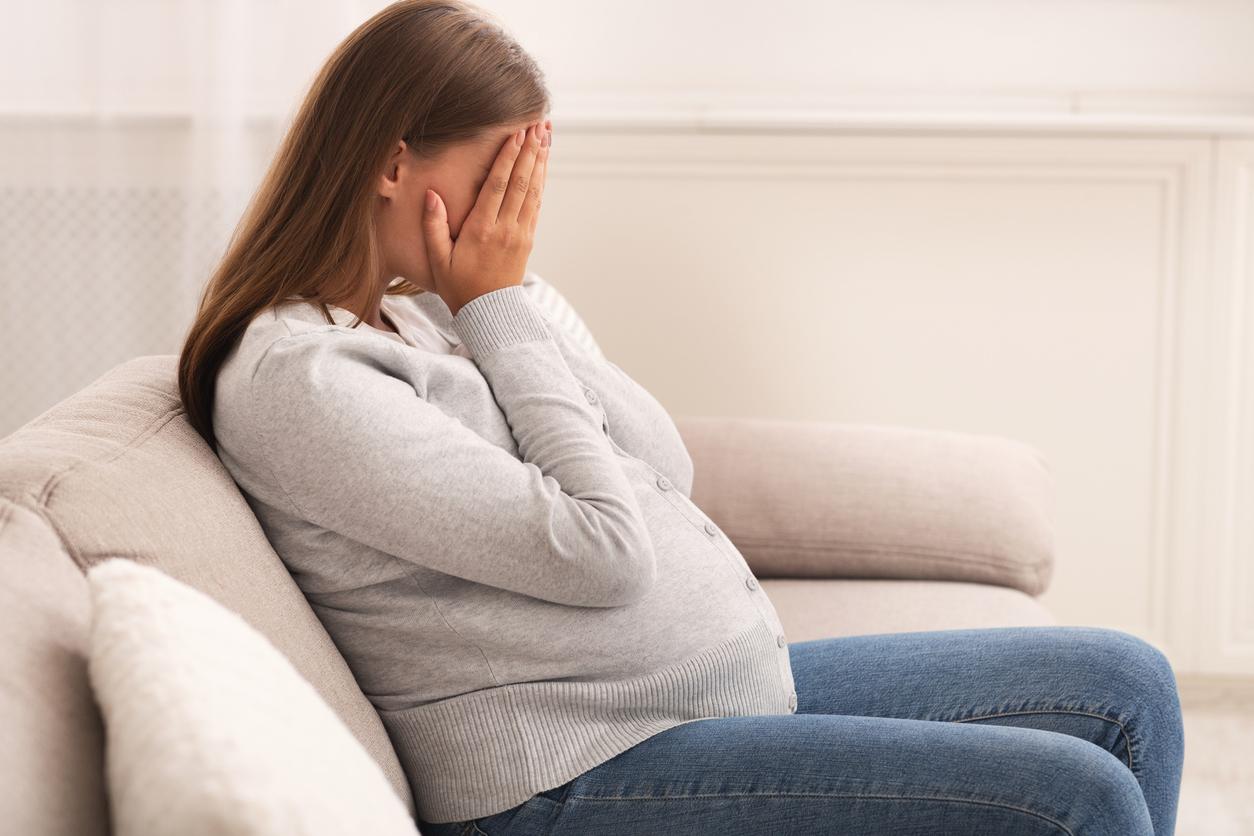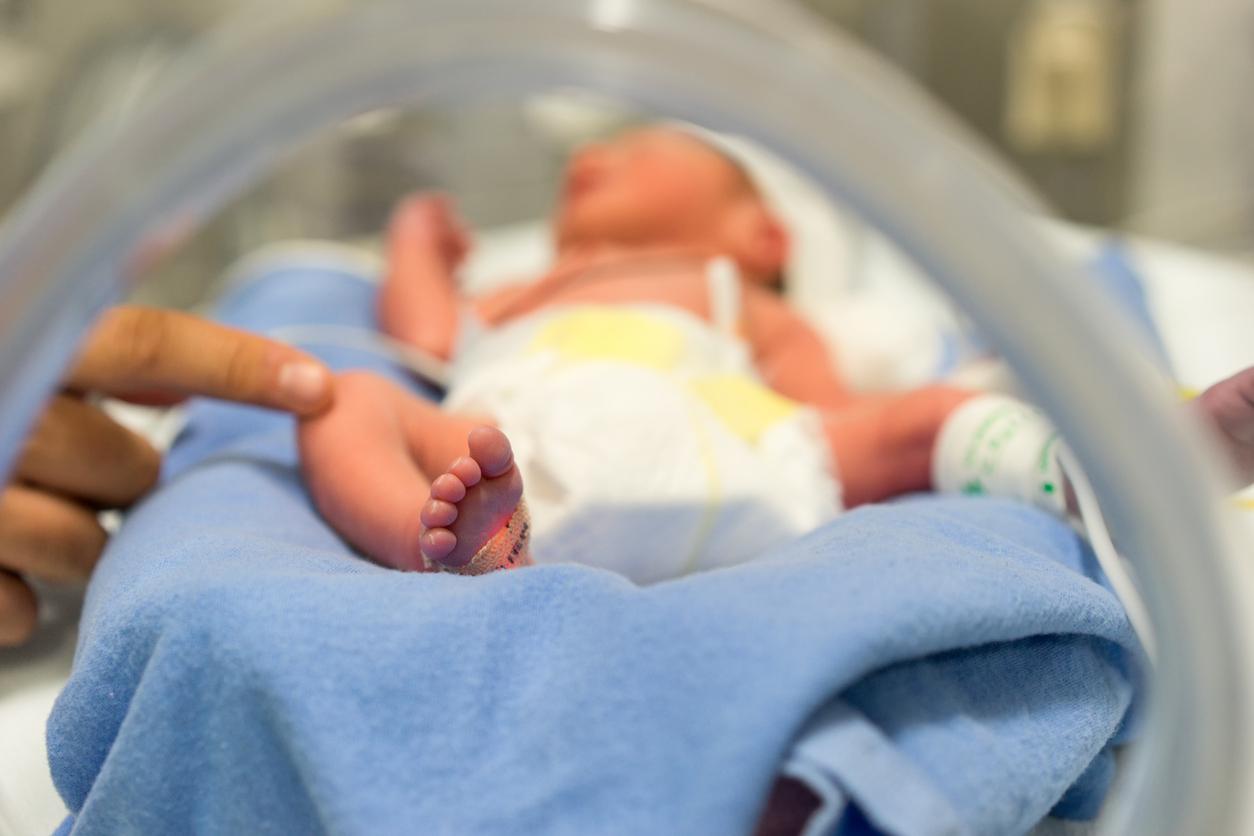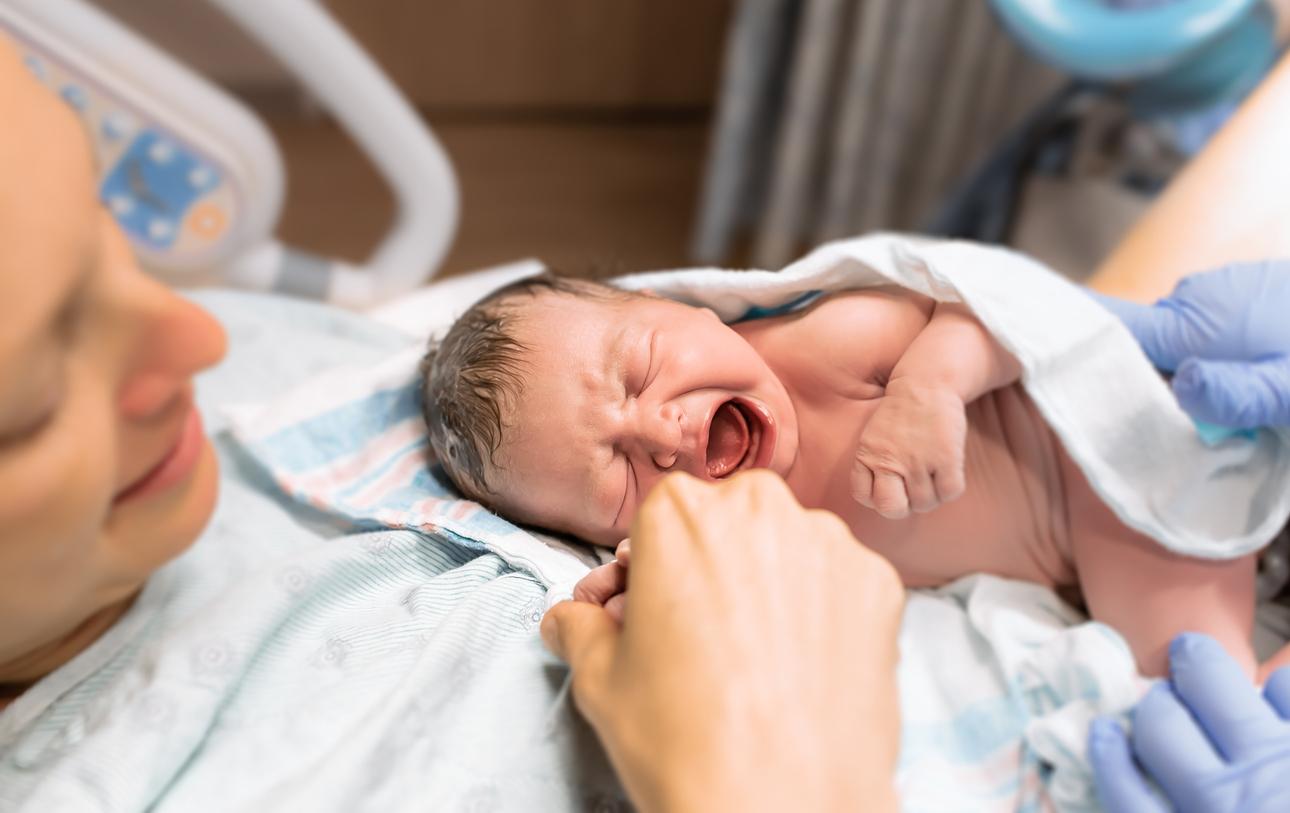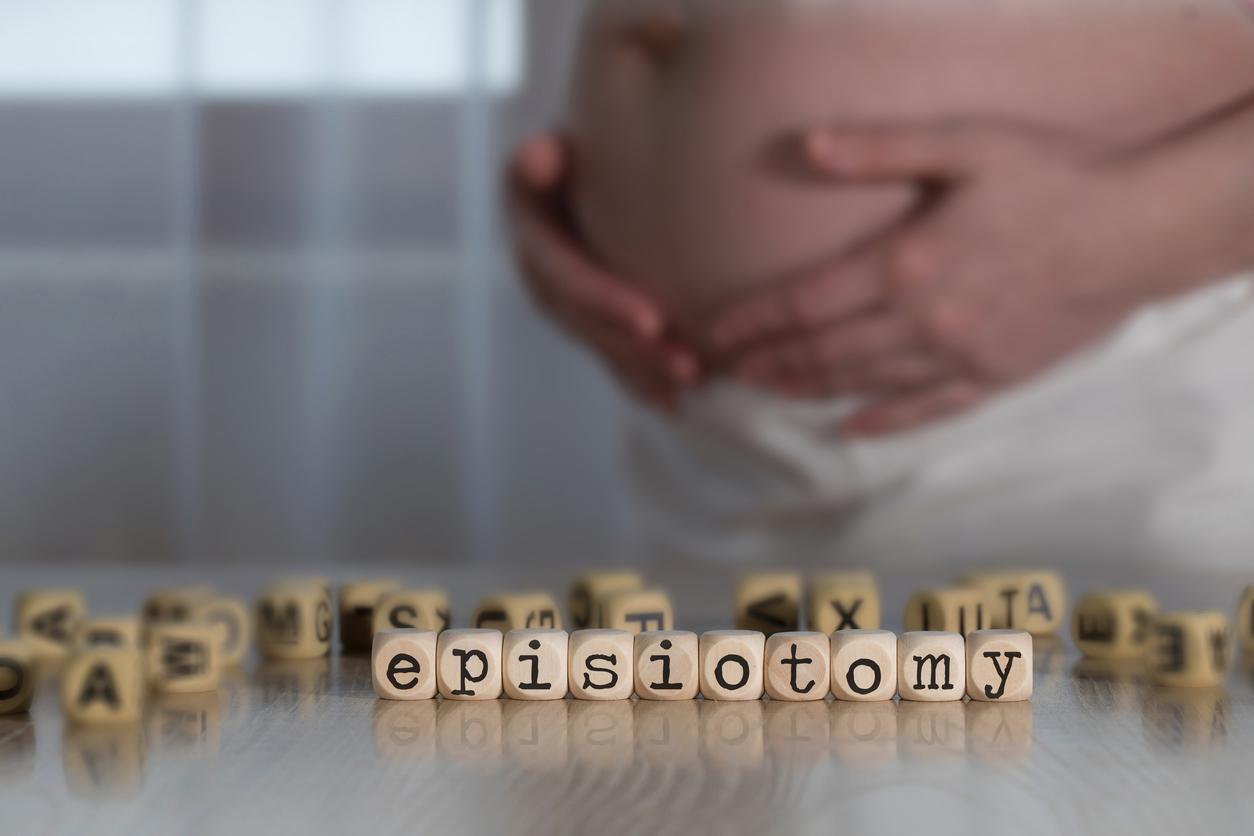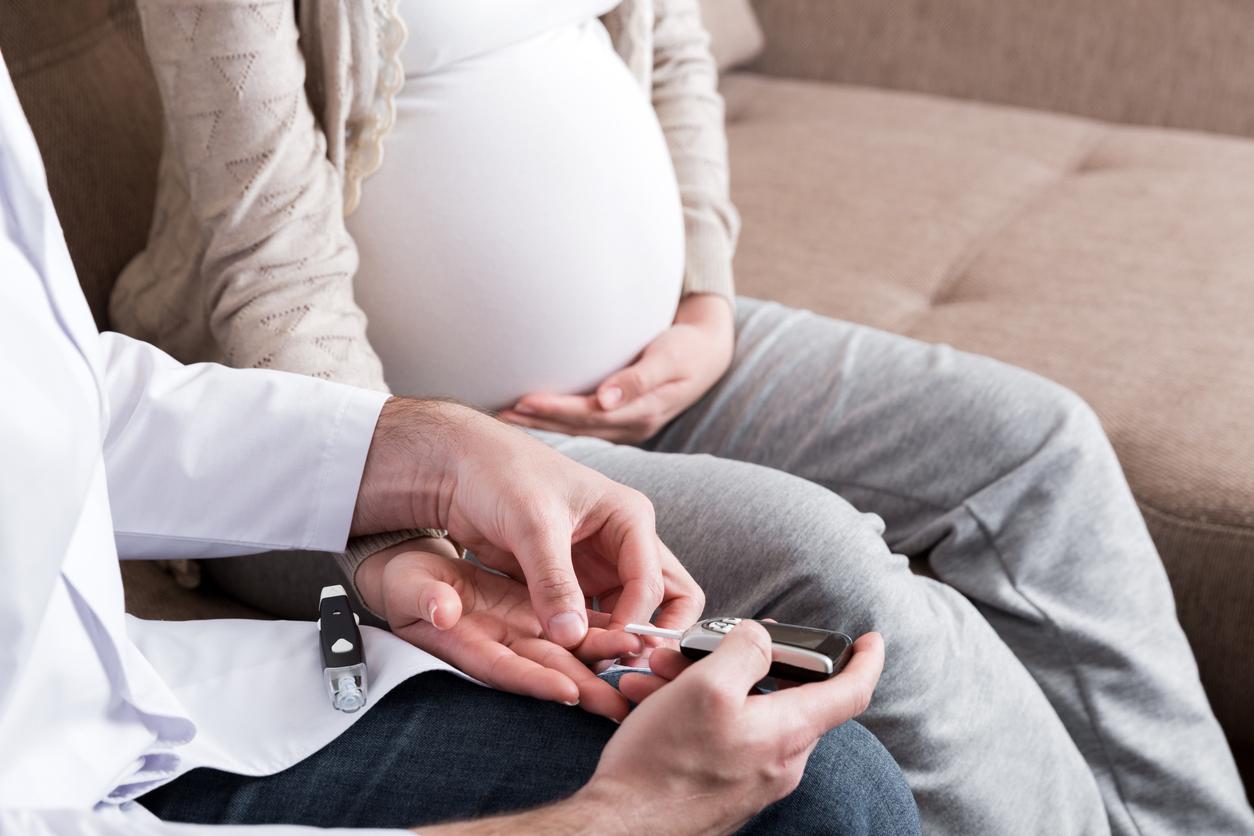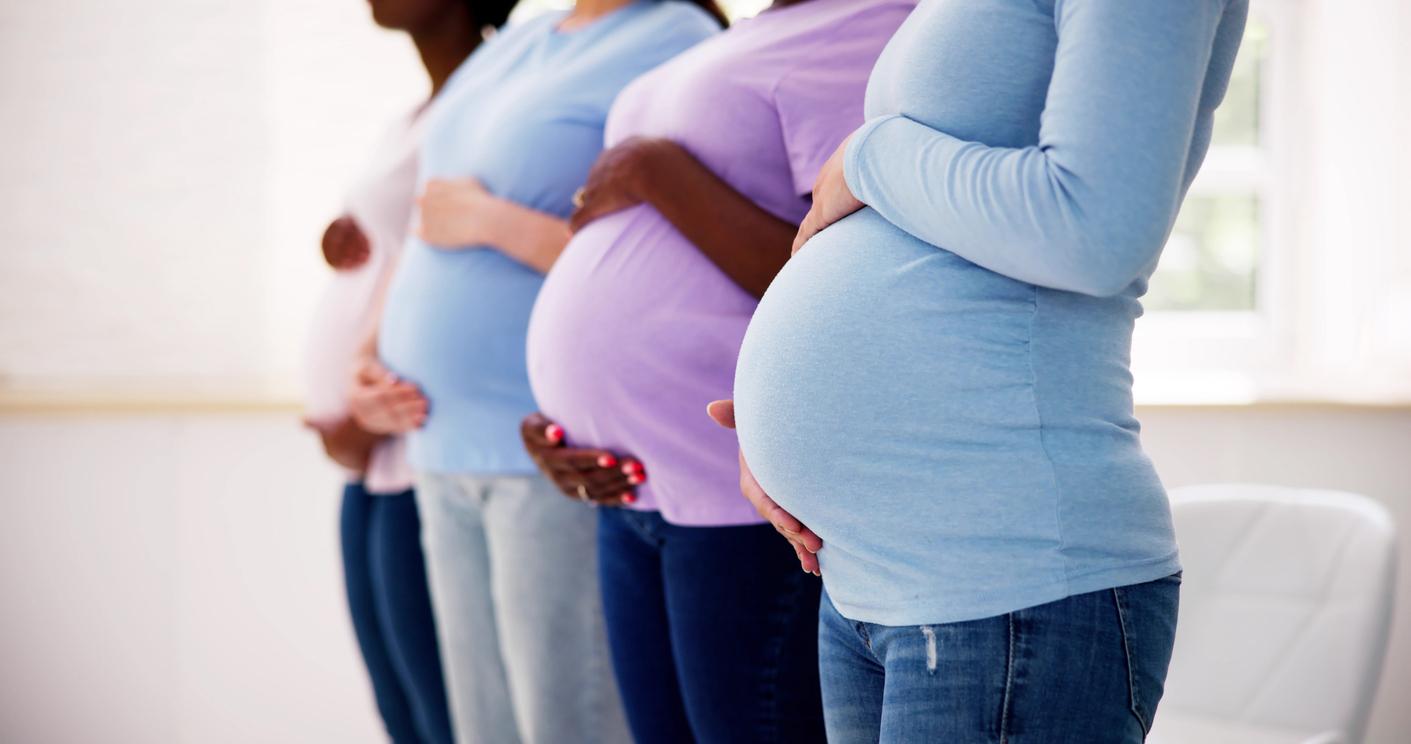Since the closure of the maternity hospital in Saint-Claude, in the Jura, in 2017, several women have had to give birth in extreme and dangerous conditions, due to the long journey time on mountainous roads to reach suitable structures.
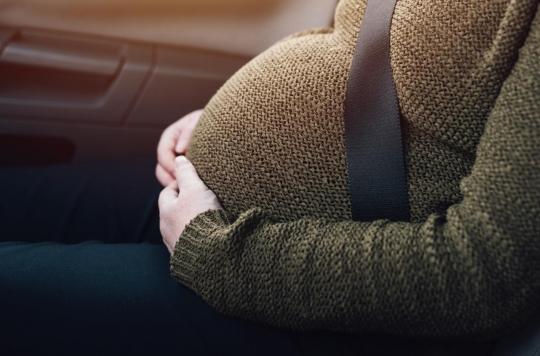
- A maternity hospital closed two years ago in St Claude in Haut-Jura
- Women from this region must go to give birth in Lons-Le-Saunier, Oyonnax or Pontarlier
- The distances to be covered lead to an increase in deliveries in dangerous conditions
A new striking example of the medical desert which affects more and more French people. In the Jura, women now sometimes have to give birth in extreme conditions. For two years, the maternity ward of the Louis Jaillon hospital in Saint-Claude, a town of 11,000 souls, had to close for lack of staff and budget. Since then, the Sanclaudiennes and the inhabitants of the surrounding area have to go to Lons-le-Saunier, Oyonnax (Ain) or Pontarlier (Doubs) to give birth. To get there, they must take winding provincial roads, lined with trees and often blocked by snow. Journeys that have given rise to very dangerous situations, as reported Franceinfo in a report published on March 8.
The media reports in particular the case of Virginie, 32, who was fired by the midwife of Lons-le-Saunier because her cervix was only one centimeter dilated. The next day, the young woman is taken to the maternity ward of Oyonnax, closer, in a fire truck. She travels between a midwife, the doctor and two nurses called in as reinforcements. The many turns accelerate the contractions and Virginie ends up giving birth on the side of the road. “Fortunately, Celine (Champagne, Editor’s note), the midwife was in the truck. If she hadn’t been there, it was over”, she testifies as a young mother to Franceinfo.
Sophie, meanwhile, had to give birth to her twins, Sensa and Céleste, in the back of her parents’ car 10 kilometers from the Lons-le-Saunier maternity hospital, on the road to Montaigu, on January 7. 2020.
On January 20, Sarah and her spouse are already on their way to the maternity hospital in Pontarlier when she finally manages to contact Céline Champagne. The future parents immediately turn around and join the midwife at the medical center of Clavieres, in Septmoncel, on the edge of the D436. A few minutes later, the baby is born. “If Céline had not answered, I gave birth on the road”says the young mother.
Recruitment difficulties
Why did the Saint-Claude maternity ward close its doors? “In 2016, more than 40% of young mothers in the living area covered by the hospital center had chosen to give birth in another establishment”, explains the Regional Health Agency of Bourgogne-Franche-Comté (ARS) to Franceinfo. In this “context of loss of public confidence”, the health authorities decided in 2017 to close maternity, pediatric and conventional surgery services with hospitalization. The ARS and the Jura Sud hospital management also mention recruitment difficulties.
According to them, “the only obstetrician-gynecologist present and the absence of a titular anesthesiologist” were not sufficient to ensure continuity of care without interruption. “It had become more dangerous to keep the maternity ward open with the uncertainty of actually being able to carry out deliveries”explains the hospital management.
On April 2, 2018, the maternity ward therefore became a local perinatal centre. Today, the latter provides prenatal and postnatal consultations. For the ARS, this change is not a problem since it ensures the security of the risk of unexpected childbirth with the Smur, the firefighters and the midwives in liberal activity. “We have not observed a significant increase in deliveries carried out outside the hospital structure. There are always less than ten a year. On the other hand, they are much more publicized”explains the management of the Jura Sud Hospital Center to Franceinfo.
If the neighboring maternity wards of Oyonnax and Lons-le-Saunier have seen an increase of around 25% in its parturients since the closure of Saint-Claude, everything is under control, they assure. However, some emergency physicians disagree. For Eric Loupiac, contacted by Franceinfo, these “disaster births” and dangerous did not take place before.
“It is criminal to persist in this logic”
The mayor of Saint-Claude, Jean-Louis Millet, is furious. “The maternity ward closed in deplorable conditions. No one was warned, it was brutally brutal. The staff discovered in the morning when they arrived the padlocked doors of the maternity ward. It’s shameful to act like that”, he testifies. “The hospital had a deficit of 3.7 million in 2017 when it was decided to close. Today, the forecast for 2020 shows almost the same deficit, 3.4 million with three services closed. All these risks taken for only a saving of €300,000!”protests the one who, for two years now, has been alerting the health authorities of an imminent danger.
He asks for the application of article 23 of the population of the mountain law, which guarantees populations access “to a maternity ward within a reasonable time that is not likely to endanger the physical integrity of the patient due to a manifestly excessive transport time”. However, despite his hard work, the reopening of the file is slow. “It’s incredible, this contempt. I consider that there is voluntary homicide when the State is alerted and it does not move. It is criminal to persist in this logic.”
Millet can count on the support of André Jannet, the president of the Saint-Claude hospital defense committee, among others. In May 2017, the restaurateur organized a demonstration that brought together thousands of people. This year, on January 26 and 27, 2019, a popular initiative referendum for the reopening of the maternity ward received 6,105 “yes” votes out of 6,127 participants. About forty manufacturers, representing around 3,000 employees according to him, have joined the committee. “In our fight, they also see their interest because they have difficulty recruiting young executives. Not having a nearby maternity ward, they don’t want to live here. Same observation for the gendarme candidates who refuse to be transferred to the region”he explains, assuring that firefighters will soon have to choose between a fire and a woman giving birth.
A drastic drop in the number of pregnancies over the past forty years
In France, the number of maternity wards has been almost divided by three in recent decades, going from 1,369 in 1975 to 517 in 2016, according to the Ministry of Health. In 2016, out of 785,000 births, 1% of them took place outside the maternity ward (in a birthing centre, at home or on the way to the hospital, etc.).
According to a recent study by DREES, (Department of Research, Studies, Evaluation and Statistics), 167,000 women of childbearing age live at least 45 minutes from the nearest maternity hospital. Furthermore, nearly 1.6 million women aged 15 to 49 live in a municipality lacking midwives. In total, 1.5% of the population encounters these two difficulties. If we pass the threshold at 30 minutes of travel time, this proportion even rises to 5.4%.
In 2013, a study carried out in Burgundy had analyzed the results travel time from home to the nearest maternity unit on perinatal indicators. For times longer than 45 minutes, the crude stillbirth rates would drop from 0.46% to 0.86% and those of perinatal mortality from 0.64% to 1.07%.
.








